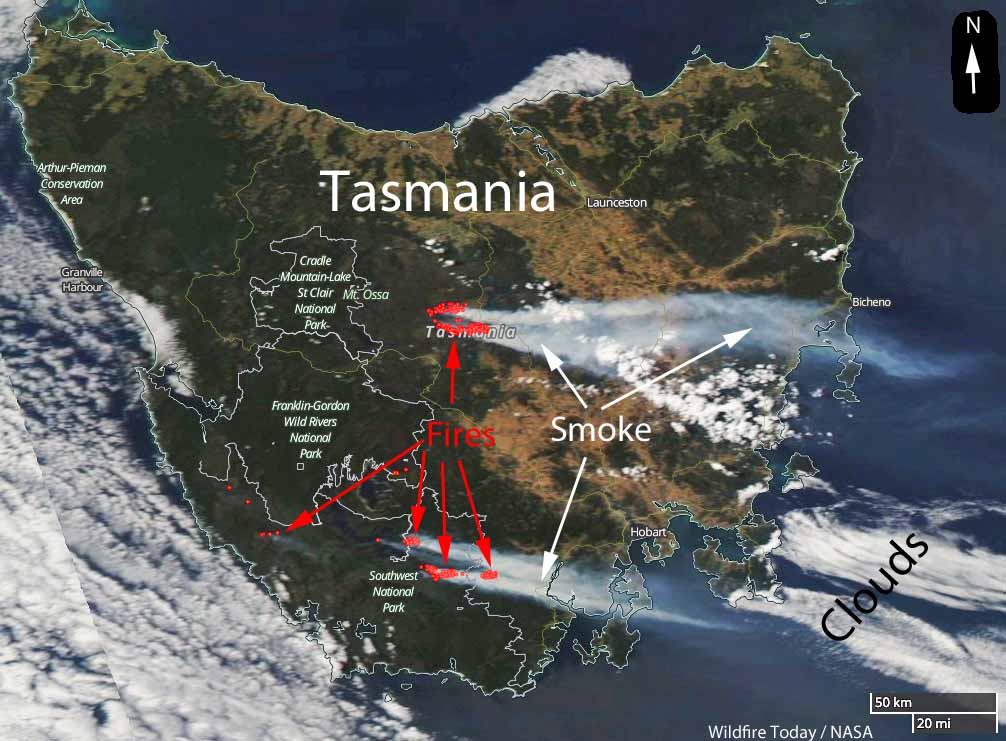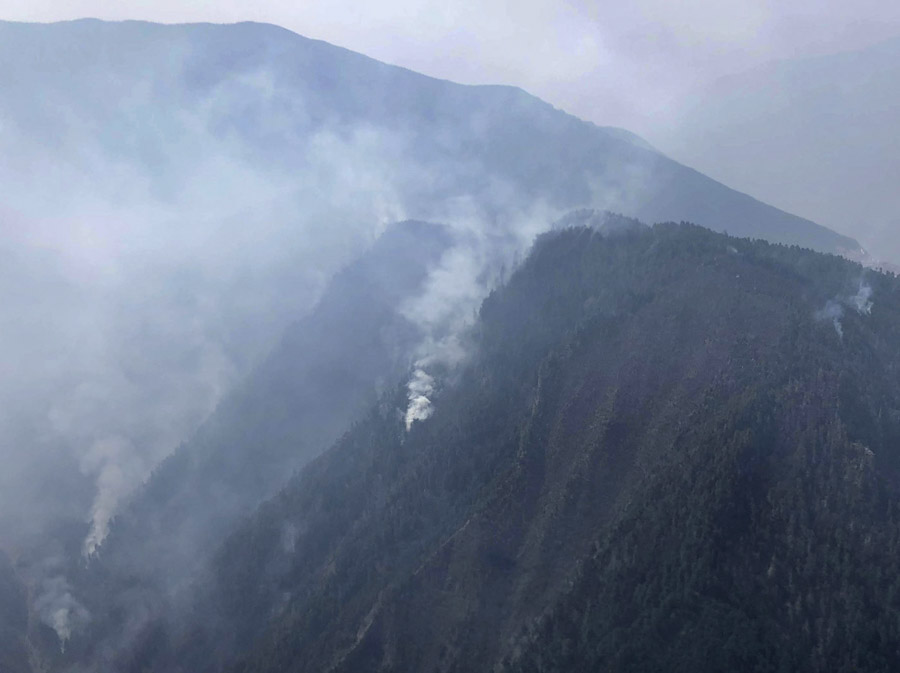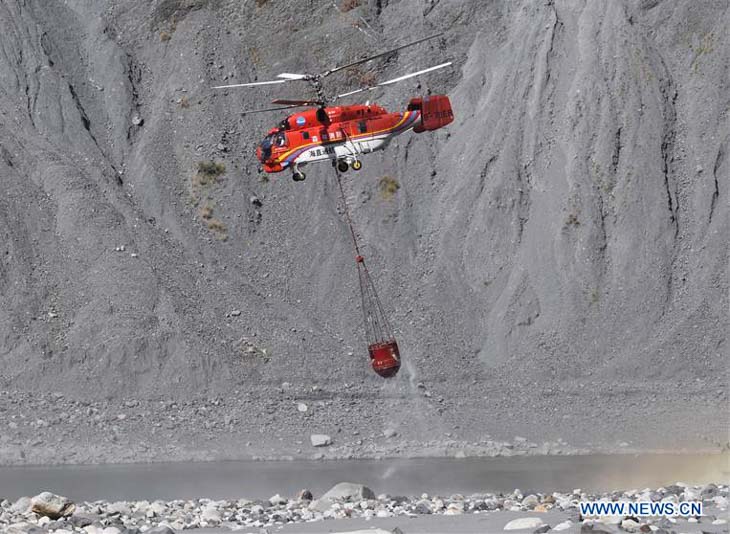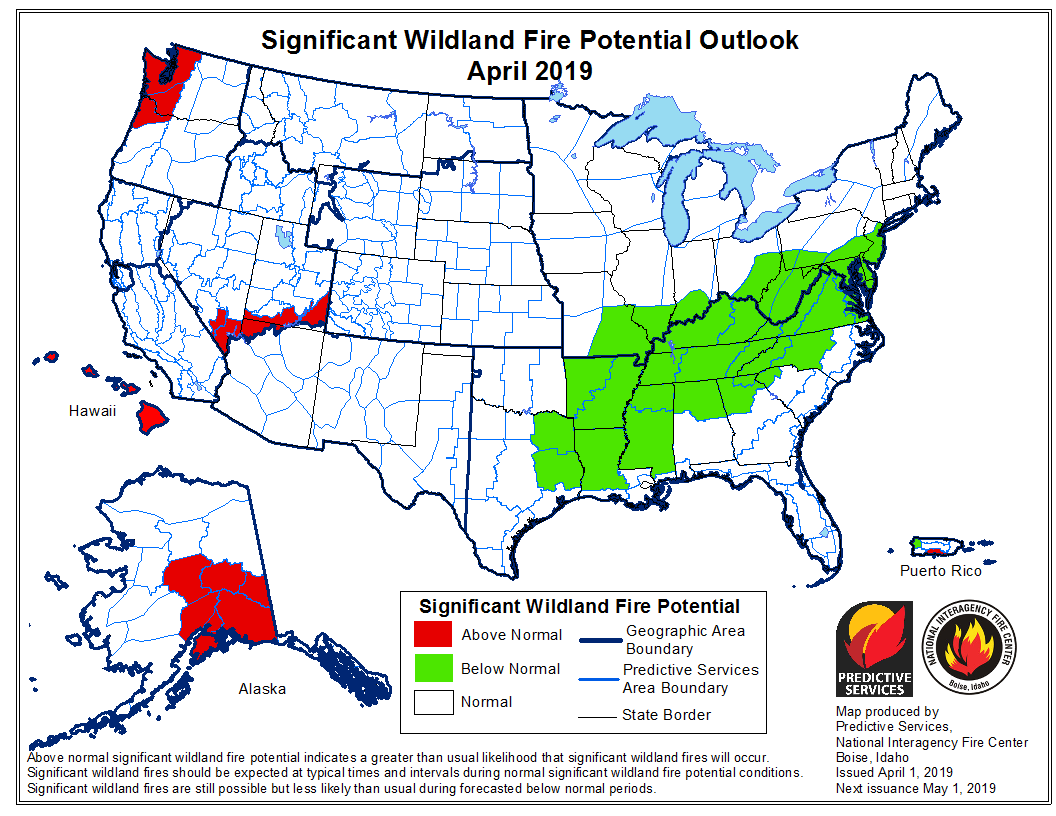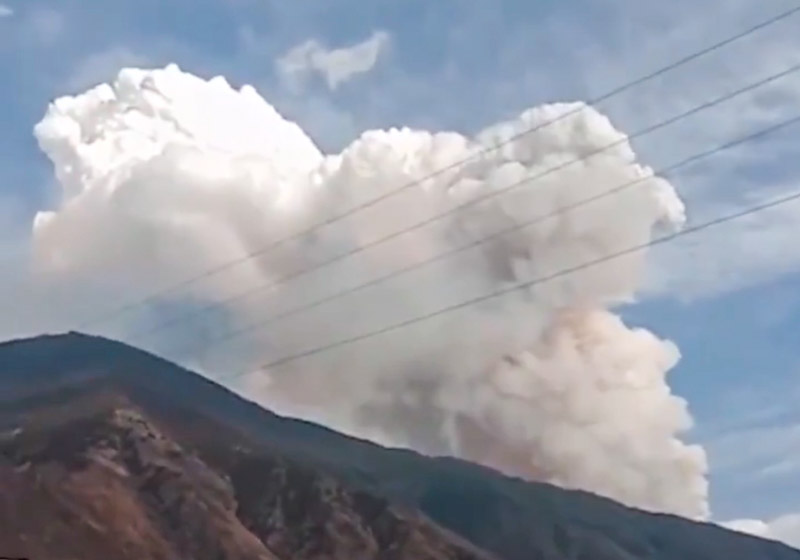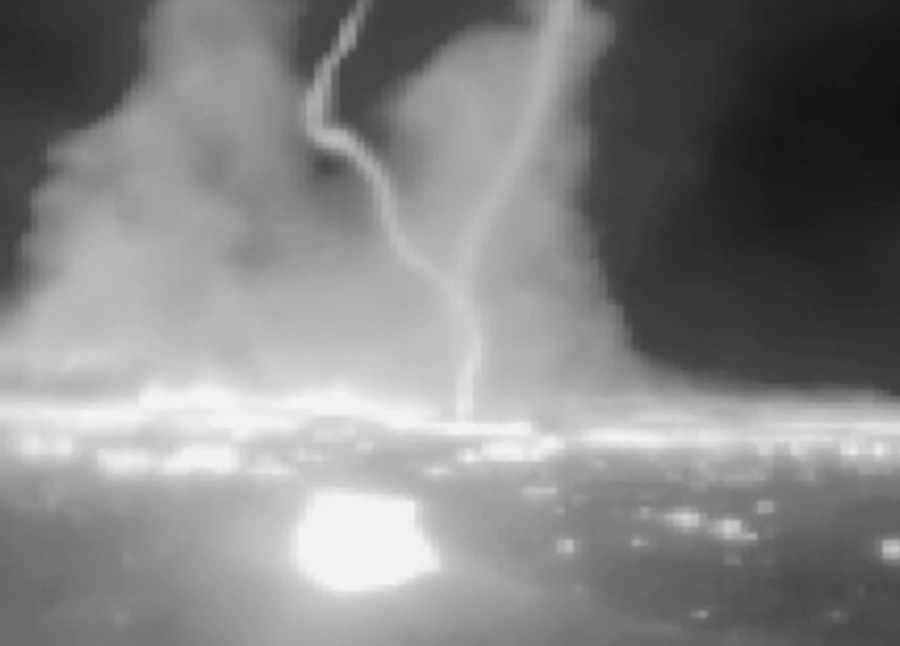
Jim O’Daniel of RPX Technologies sent us the link to the video below which shows a small fire whirl filmed by one of their HyperSight infrared thermal cameras. The devices, which can see through smoke, can be mounted on a fire engine.
Mr. O’Daniel said, “The camera we developed is intended as a safety tool for escaping and navigating through smoke. The camera is vehicle-mounted and always ready. It allows the driver to see while keeping windows up and both hands on the wheel.”
And, just to be clear, it is not a “fire tornado”. David W. Goens of the Missoula office of the National Weather Service explained what a fire tornado is:
These systems begin to dominate the large scale fire dynamics. They lead to extreme hazard and control problems. In size, they average 100 to 1,000 feet in diameter and have rotational velocities up to 90 MPH.
In addition, they can last for an hour or more and have been known to move across the terrain for miles. You do not want to be anywhere near a fire tornado. They can be deadly.
After the Carr Fire at Redding last year, a report was issued about a real fire tornado that was related to the death of at least one firefighter.
A large fire tornado was one of the primary causes of the entrapment and death of FPI1 on July 26, 2018. The fire tornado was a large rotating fire plume that was roughly 1000 feet in diameter at its base.
Winds at the base of the fire tornado reached speeds in the range of 136-165 mph (EF-3 tornado strength), as indicated by wind damage to large oak trees, scouring of the ground surface, damage to roofs of houses, and lofting of large steel power line support towers, vehicles, and a steel marine shipping container within ½ mile of the entrapment site. The strong winds caused the fire to burn all live vegetation less than 1 inch in diameter and fully consume any dead biomass. Peak gas temperatures likely exceeded 2,700 °F.


